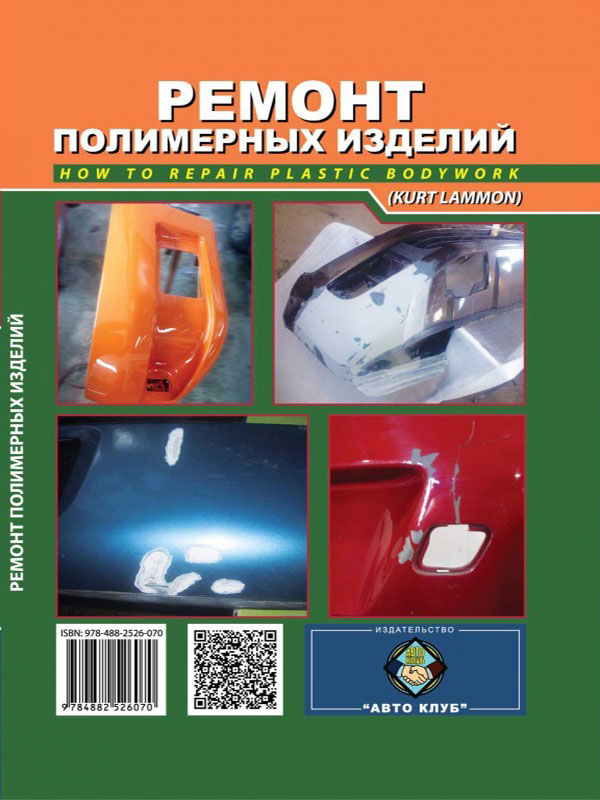
|
Filling the gap for a reference dedicated to the characterization of polymer blends and their micro and nano morphologies, this book provides comprehensive, systematic coverage in a one-stop, two-volume resource for all those working in the field. Leading researchers from industry and academia, as well as from government and private research institutions around the world summarize recent technical advances in chapters devoted to their individual contributions. In so doing, they examine a wide range of modern characterization techniques, from microscopy and spectroscopy to diffraction, thermal analysis, rheology, mechanical measurements and chromatography. These methods are compared with each other to assist in determining the best solution for both fundamental and applied problems, paying attention to the characterization of nanoscale miscibility and interfaces, both in blends involving copolymers and in immiscible blends. The thermodynamics, miscibility, phase separation, morphology and interfaces in polymer blends are also discussed in light of new insights involving the nanoscopic scale. Finally, the authors detail the processing-morphology-property relationships of polymer blends, as well as the influence of processing on the generation of micro and nano morphologies, and the dependence of these morphologies on the properties of blends. Hot topics such as compatibilization through nanoparticles, miscibility of new biopolymers and nanoscale investigations of interfaces in blends are also addressed. With its application-oriented approach, handpicked selection of topics and expert contributors, this is an outstanding survey for anyone involved in the field of polymer blends for advanced technologies. Получить ссылку |
 Repair of polymer products car moto, book in the photographs in eBook
Repair of polymer products car moto, book in the photographs in eBook
Автор: Автоклуб
Год издания:
Content
Introduction
Repair or not repair - that's the issue!
- Injection molding: working principle
Identification of types of polymeric materials
- Thermoplastics against thermosets
- Thermoplastics: polypropylene, polyvinyl chloride (PVC), polycarbonate,
- polyethylene, nylon (polyamide), acrylonitrile butadiene styrene (ABS plastic)
- Reaktoplasty: epoxy resin, urethane, polyester
- Polymer materials for cars
- Vehicles for recreation and entertainment
Possible repair methods for each type of plastic
- Reaktoplasty
- Thermoplastics
Repair procedures
- Basic procedure for repairing & nbsp; processing
- Two-component adhesives
- Cyanoacrylate adhesive
- Hot-melt adhesive
- Methacrylate adhesive
- Introduction to polymer welding
Finishing processing plastic
- Durable neolefin plastic types
- Plastic neolefin plastic types
- Painted thermoplastic polyolefin and polypropylene
- Unpainted thermoplastic polyolefin and & nbsp; polypropylene
- Polyethylene
Applications
- Tools their purpose
- How to achieve optimal adhesion
 What are Polymers? (Что такое полимеры?)
What are Polymers? (Что такое полимеры?)
Автор: А. Н. Безруков
Год издания:
Рассмотрены вопросы строения, получения, применения полимеров и исследования их свойств. Отвечает требованиям дисциплин «Специализированный профессионально-ориентированный перевод» (английский язык) и «Английский язык (технический перевод)». Содержит технические основы науки о полимерах на английском языке, теорию технического перевода и комплекс заданий для аудиторной работы по практике перевода и изучению терминологии.
 Self-Healing Polymers. From Principles to Applications
Self-Healing Polymers. From Principles to Applications
Автор: Wolfgang Binder H.
Год издания:
Self-healing is a well-known phenomenon in nature: a broken bone merges after some time and if skin is damaged, the wound will stop bleeding and heals again. This concept can be mimicked in order to create polymeric materials with the ability to regenerate after they have suffered degradation or wear. Already realized applications are used in aerospace engineering, and current research in this fascinating field shows how different self-healing mechanisms proven successful by nature can be adapted to produce even more versatile materials. The book combines the knowledge of an international panel of experts in the field and provides the reader with chemical and physical concepts for self-healing polymers, including aspects of biomimetic processes of healing in nature. It shows how to design self-healing polymers and explains the dynamics in these systems. Different self-healing concepts such as encapsulated systems and supramolecular systems are detailed. Chapters on analysis and friction detection in self-healing polymers and on applications round off the book.
 Encyclopedia of Polymer Blends, Volume 1. Fundamentals
Encyclopedia of Polymer Blends, Volume 1. Fundamentals
Автор: Avraam Isayev I.
Год издания:
A complete and timely overview of the topic, this volume of the encyclopedia imparts knowledge of fundamental principles of polymer blends. Each article is uniformly structured for easy navigation, containing the latest research & development and its basic principles and applications.
 Nanoscale CMOS. Innovative Materials, Modeling and Characterization
Nanoscale CMOS. Innovative Materials, Modeling and Characterization
Автор: Francis Balestra
Год издания:
This book provides a comprehensive review of the state-of-the-art in the development of new and innovative materials, and of advanced modeling and characterization methods for nanoscale CMOS devices. Leading global industry bodies including the International Technology Roadmap for Semiconductors (ITRS) have created a forecast of performance improvements that will be delivered in the foreseeable future – in the form of a roadmap that will lead to a substantial enlargement in the number of materials, technologies and device architectures used in CMOS devices. This book addresses the field of materials development, which has been the subject of a major research drive aimed at finding new ways to enhance the performance of semiconductor technologies. It covers three areas that will each have a dramatic impact on the development of future CMOS devices: global and local strained and alternative materials for high speed channels on bulk substrate and insulator; very low access resistance; and various high dielectric constant gate stacks for power scaling. The book also provides information on the most appropriate modeling and simulation methods for electrical properties of advanced MOSFETs, including ballistic transport, gate leakage, atomistic simulation, and compact models for single and multi-gate devices, nanowire and carbon-based FETs. Finally, the book presents an in-depth investigation of the main nanocharacterization techniques that can be used for an accurate determination of transport parameters, interface defects, channel strain as well as RF properties, including capacitance-conductance, improved split C-V, magnetoresistance, charge pumping, low frequency noise, and Raman spectroscopy.
Чтобы скачать книгу, отключите блокировку рекламы. Спасибо!

 Nanoscale CMOS. Innovative Materials, Modeling and Characterization
Nanoscale CMOS. Innovative Materials, Modeling and Characterization



